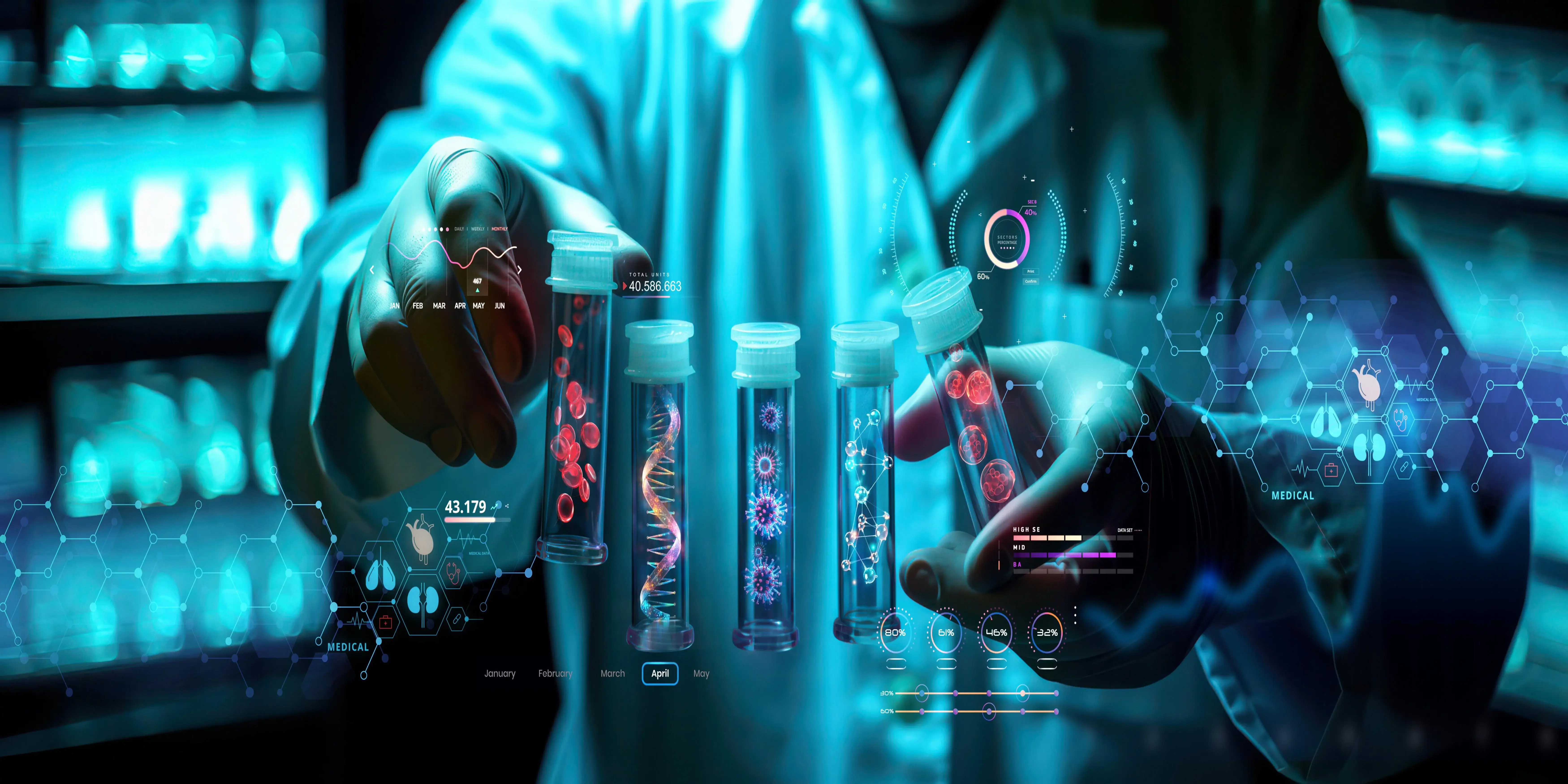In most of the disciplines, the collection of samples is considered an important aspect in research investigations, medical diagnostics, and environmental testing. The process used in gathering, handling, and processing samples significantly impacts the results obtained. An orderly process of sample collection improves dependable findings, sample integrity, and reduced levels of contamination. This report details the main procedures of sampling concerning the different types of samples, instruments, best practices, and things to consider. We elaborate further on the subtleties of each sample type in the following chapters, discuss the protocols one must follow when collecting them, and further emphasize the importance of sample integrity throughout the entire process.
Understanding Sample Types
Biological Specimens
Biological samples refer to blood, urine, saliva, and tissue. Each type must be handled differently so that it does not deteriorate. For instance, blood samples must be drawn using aseptic techniques so that the sample is kept free from external contaminating factors. The test also might need to use alternate types of tubes or preservatives to ensure the results are not influenced by those factors. This necessitates that the biological samples be collected under favorable conditions; for example, such samples have to be processed within a certain time frame to preserve cellular elements. The temperature at which biological samples can be preserved is also crucial, and some samples require refrigeration or special cryopreservation techniques in order not to degrade.
Environmental Samples
Samples are drawn directly from the environment, including soil, water, and air. These samples will be used to determine the state of health of the ecosystem and the level of pollution existing within it. In many cases, specific apparatus is used in collecting these environmental samples, especially sterile containers, sampling equipment, and the proper protective clothing. To collect samples properly, understanding the surroundings and plausible pollutants becomes fundamental. For example, in soil samples, sampling has to be carried out at different depths to ensure the representative contamination level. In water sampling, the right containers that do not allow the leaching of contaminants ought to be used to ensure reliable data. Environmental samples also change due to seasons; therefore, it would be helpful in planning and implementation if one knows the sampling environment.
Physical Samples
Physical samples are one type of material sample- any metal, mineral, or other specimen of any earth's geological feature, for that matter. Such samples are generally collected using grab sampling, core sampling, etc. Clean instruments are essential to prevent contamination and to ensure that the sample represents the property of the item properly. For instance, in geology, one may use techniques such as in-situ sampling, which enables the taking of samples directly from natural settings without offering different variables to the samples. Documentation at the collection stage of physical samples is also important so that one can account for the exact location and the collecting method, as the factors might change the sample's characteristics.
Preparing for Sample Collection
Training and Protocols
Before sample collection begins, proper training must be given to all employees within the facility to conduct the procedures and methods specific to the nature of the sample that will be collected. The rationale for collecting sample techniques, equipment usage, and safety measures should also be covered. A standardized procedure ensures consistency in all collections. All members of the team should follow standardized protocols to reduce variability in sample collection. One can monitor procedures periodically for compliance and identify potential flaws. Lastly, it promotes a safety culture and quality assurance that will make the whole collection process more effective.
Equipment and Materials
Proper equipment will be on hand to collect the samples appropriately. Some of these supplies may include sterile containers, sampling instruments, and safety gear depending on the type of sample. Each type of sample requires specific tools; for example, vacutainers will be needed for blood collection, whereas an auger or shovel might be used when a soil sample is needed. This will also prevent last-minute mad dashes to get what is needed for sample collection. Proper lab coats, masks, and gloves must be present for personal protection to avoid contamination. In addition, data capture instruments and labeling materials should be accessible during the collection process to acquire important data regarding each sample.
Specialized Collection Techniques
A less invasive technique is skin scraping, which is usually done in the diagnosis of fungus infections or skin disorders. In this, a medical practitioner gently scrapes off some debris or cells from the affected area by employing a sterile blade or spatula. Then the specimen is observed under a microscope or grown to detect parasites or fungi. Other techniques include fine needle aspiration for tissue sampling which promotes successful outcomes without exposing the patient to much inconvenience. The use of appropriate analgesics or anesthetics enhances the experience of obtaining samples from the patient.From portable imaging products to testing methods in-vitro, the company offers a host of diagnostic devices. These gadgets help physicians shorten the duration to treat a patient with greater success by identifying early and accurate detection of a particular disease.
Before Starting the Collection
Workspace Preparation
Prepare the collection area before the process. The materials should all be sterile and arranged to ensure cleanliness. All surface areas should be clean and minimize possible sources of contamination. Access to the tools needs to be ensured while avoiding chances of cross-contamination. Frequently disinfect surfaces, especially in cases where samples are likely to pass through various stages. Much better would be to have separate areas for different sample types since this minimizes contaminants and improves general efficiency during sampling.
Collection Technique
Use appropriate methods according to the type of sample. Use antiseptic to clean the skin before collecting the blood. Advise the person collecting the urine sample to take one midstream to avoid contamination. Use appropriate equipment, for example, preservative bottles for water samples and augers for soil samples. Follow the depth and location requirements to ensure representativeness. At the same time, the sample must be taken at the appropriate time, considering physiological or environmental changes may influence the characteristics of the sample.
Best practices for different types of samples
Different types of samples require different best practices during collection. For example, in the case of biological samples, strict sterility is necessary to avoid contamination. Sampling in the environment requires consideration of weather since it might interfere with the results; water samples, for instance, should best be collected during a period of stable weather to avoid contamination through runoff. In deciding on the best times to collect samples, knowledge of pollutant life cycles and seasonal fluctuations can be beneficial. Furthermore, stakeholders be considered, especially when collecting samples in the environment, since their perception may indicate the origin of contaminants.
Monitoring Sample Integrity
Chain of Custody
Maintain a detailed record of everyone handling the samples. Since any potential problem must be traceable back to its source, maintaining a well-documented chain of custody is fundamental to the integrity of a sample, especially in judicial or regulatory settings. The handling of the sample should also be documented: date, time, and reason for the transfer of the sample. A digital chain of custody will most likely make the whole process easier and less prone to errors in documentation.
Duplicate Samples
All samples collected must be duplicated as much as possible. This helps verify the results and can find any discrepancies that may have occurred. Instruments should always be calibrated and maintained to reduce errors that might come about when collecting and analyzing the samples. Control samples or blanks, especially at the beginning of collection, can be used to identify if contamination happened in the process. There should be a routine maintenance schedule for all equipment to optimize performance in sample collection and analysis.
Transport samples safely
Maintaining integrity: Samples, after collection from sampling points, are to be transported to the analysis site. Samples, that are under transport, should reach in safe and sound conditions. If samples deteriorate during transport, then they will not serve as a good representation of the sample. Samples can thus be stored under appropriate conditions like temperature control so as not to degrade during transport. Samples can be packed in insulated containers for transport to maintain required temperatures. The samples should be packed so tightly that there would be minimal room for breakage or leakage, and appropriate documentation should accompany the samples during transport. Ensuring conditions during transport will further maximize the chances that samples will be in optimal condition for analysis.
Conclusion
In numerous fields, sample collection is a crucial step that must be carried out with the finest possible results. Awareness of the kinds of samples and proper preparation, careful observation of sample collection procedures, and good quality control measures can make their results highly reliable for professionals. Regardless of whether it involves a medical diagnostic examination, an environmental impact assessment, or any other research investigation, sample collection is the first determining factor in the success of an analysis, no matter what the context. More accurate and reliable results will stem from integrity in sample collection through best practices and training. Needless to say, as the industries evolve and new challenges surface, it will be very important to ensure that rigorous collection processes of samples are established. The time and resources spent on improving these processes will not add only to the credibility of such findings but many ways to the general progress of science and public health.



